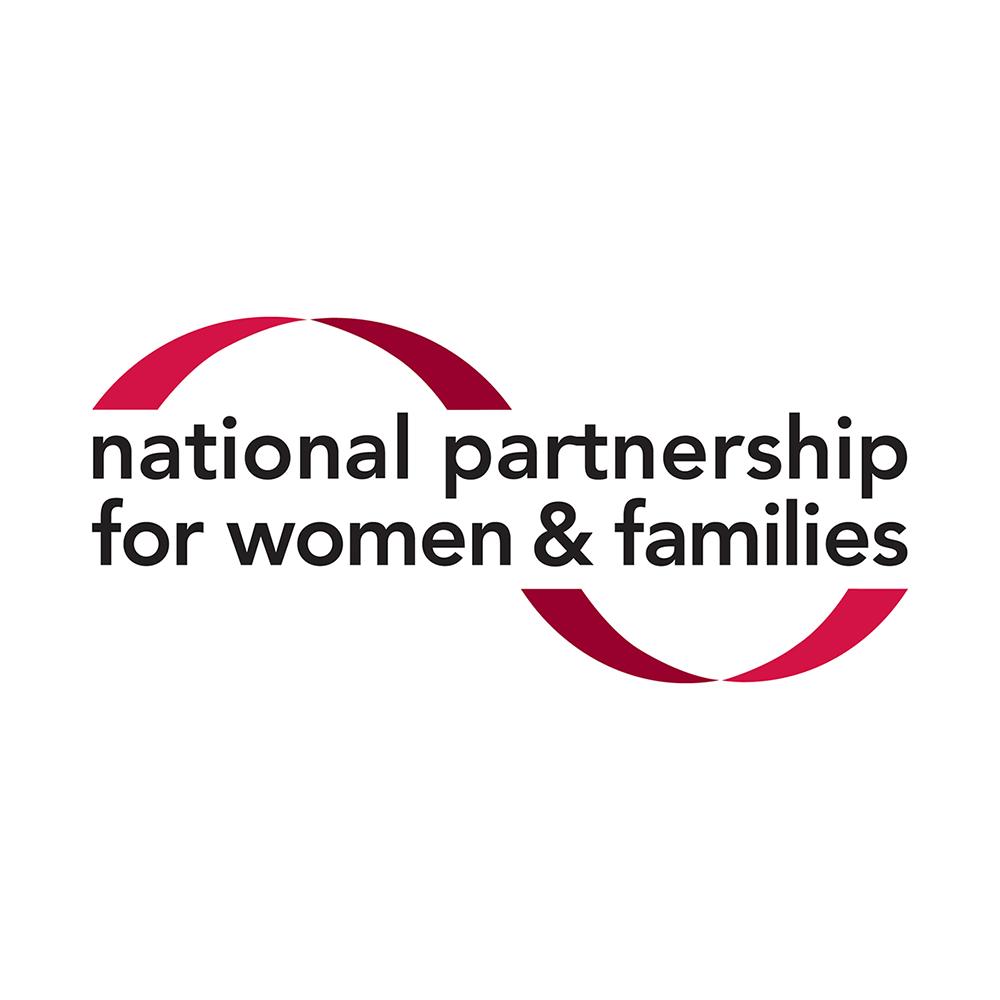Statement of Jocelyn Frye, President of the National Partnership for Women & Families WASHINGTON, D.C. – April 23, 2024 – Today, the Biden administration published a final rule to support higher pay and better work-family balance for workers by...

Take Action: New Paid Sick Days Data and Stories Make the Case for a National Standard
We have seen undeniable paid sick days progress at the state and local levels in recent years, but working people in 41 states still have neither statewide protections nor any local protections that guarantee them a single paid sick day. A series of fact sheets released by the National Partnership for Women & Families last week explores the impact of this lack of paid sick days across the country.
Here are five things you can do right now:
- Tweet. For example: These new fact sheets make the need for #paidsickdays in [State] & nationally clear: npwf.info/RGqSFa #HFAnow. Consider tagging your members of Congress, or tweet at them directly at WeTweet.org/psd.
- Write a letter to the editor. If you see these new findings picked up by the media in your state, use these templates (document will download) to call on lawmakers to act.
- Visit or call your lawmakers’ offices. Take advantage of the August congressional recess – a time when lawmakers will be home in their states and districts – by requesting an in-person meeting. Bring your state fact sheet with you. You can also call your lawmakers’ offices.
- Spread the word. Whether you’re an individual or organization, use these new data as a way to continue to engage your friends and allies in the fight for paid sick days by sharing your state fact sheet and encouraging them to take action.
- Publish a blog post. Have a blog? Use it to call attention to the paid sick days statistics and need in your state.
New Data and Stories Make the Case for a National Paid Sick Days Standard
By Vicki Shabo | JULY 29, 2015 | Cross-posted from the National Partnership for Women & Families.
All workers should be able to take paid sick time when they get the flu or need medical care, or when a child has a fever and needs to see a doctor. And yet a new series of fact sheets released today by the National Partnership puts into stark relief just how much access to paid sick days in this country still depends on where you live and the job you hold. It’s outrageous, and it means that millions of families face financial hardship and even job loss when illness strikes. That has real consequences for the health and well-being of our communities and economy.
Twenty-four jurisdictions across the country now have, or will soon have, laws that guarantee workers the right to earn paid sick time. But, as we learned just last week, even though there has been some progress due to new laws and worker organizing, more than 43 million private sector workers still cannot earn paid sick days. That’s nearly 40 percent of the workforce – a number that has remained largely unchanged in recent years, despite the well-documented benefits of paid sick days and the fact that 85 percent of voters say they want employers to provide them.
Our new fact sheets focus on the individuals and industries most affected by the nation’s lack of a paid sick days standard, including children, restaurant workers and low-wage workers and their families. For the 41 states that do not yet have a state or municipal law, we paired state data released in May 2015 by the Institute for Women’s Policy Research and the National Partnership with the most recent data on the size of the populations most likely affected by the lack of paid sick days. For the District of Columbia and nine states that have a state or municipal paid sick days law, we summarized those laws and data on their effectiveness.
Taken together, the fact sheets make a powerful case for paid sick days standards. In Colorado, more than 816,000 private sector workers cannot earn a single paid sick day. There are more than 660,000 restaurant workers in Florida, an industry in which 90 percent of workers nationally do not have paid sick days. Nearly 1.5 million Michigan children live in families in which all parents work, but often parents who do have paid sick days cannot use them to care for a child. And nearly 22 percent of jobs in Vermont are low wage and, therefore, unlikely to offer paid sick time.
These states are not special cases, and these numbers represent the struggles of real people. People like Jessica, an Illinois restaurant worker who says she has often worked sick because she couldn’t afford to take unpaid time off. People like Jennifer, a single mother in Texas who has to leave her son, who has chronic health issues, home alone when he gets sick because she can’t use paid sick time. And millions of other women and men, mothers and fathers, and children and caregivers who know firsthand what it is like to choose between your health or the health of your family and a job.
Stories like these and state and national level data make it painfully clear that employers and lawmakers are not acting quickly enough to establish the paid sick days standards workers and families across the country urgently want and need. Lawmakers at all levels, and especially in Congress, need to look closely at what is at stake for the country’s working families and its economy, and take action. The Healthy Families Act, which would establish a national paid sick days standard, is long overdue. It is past time for Congress to make it a high priority.

